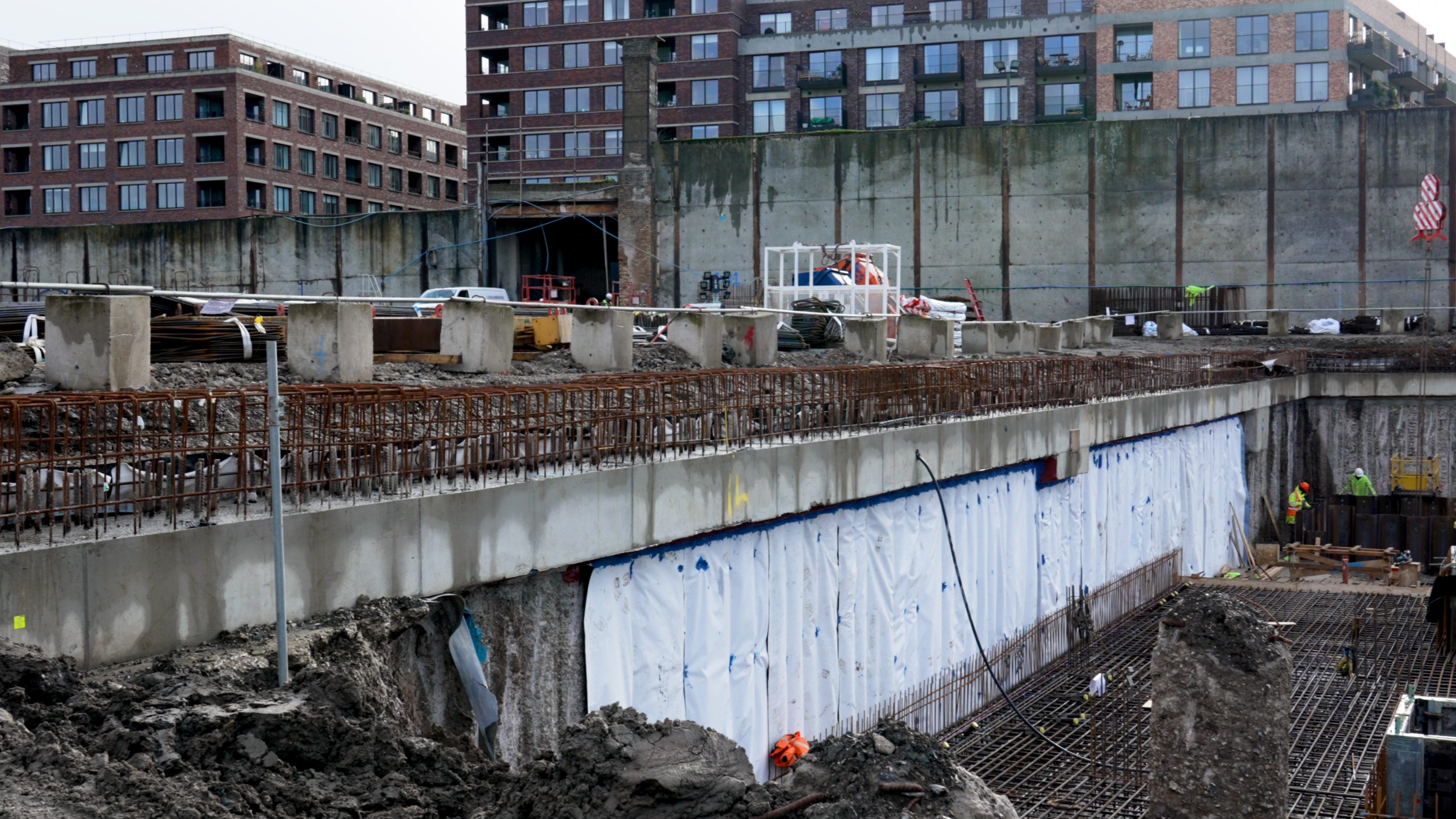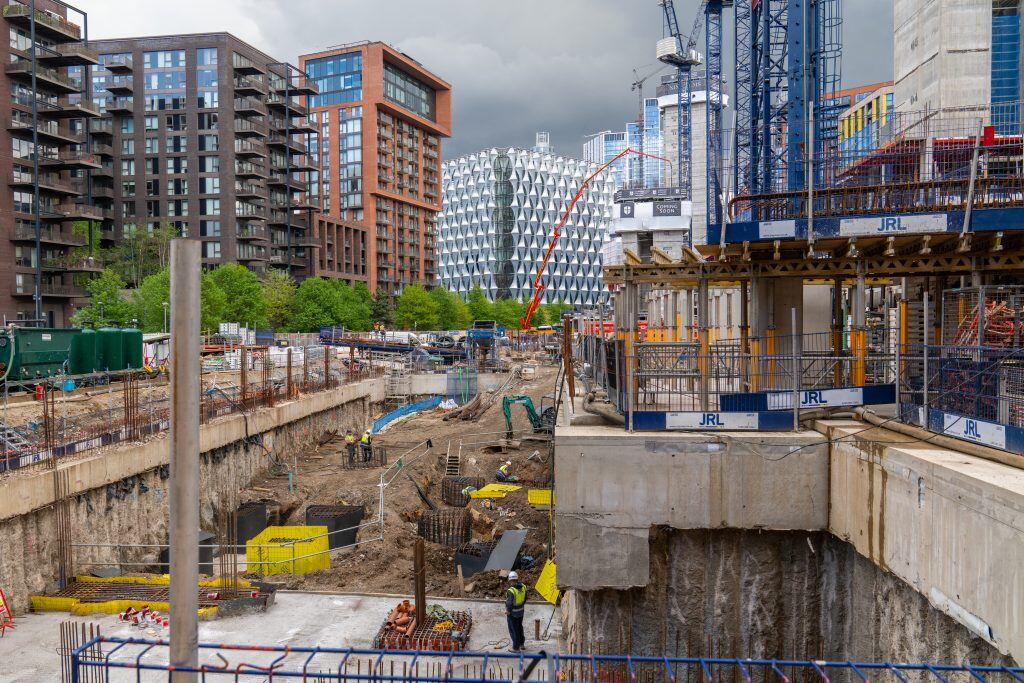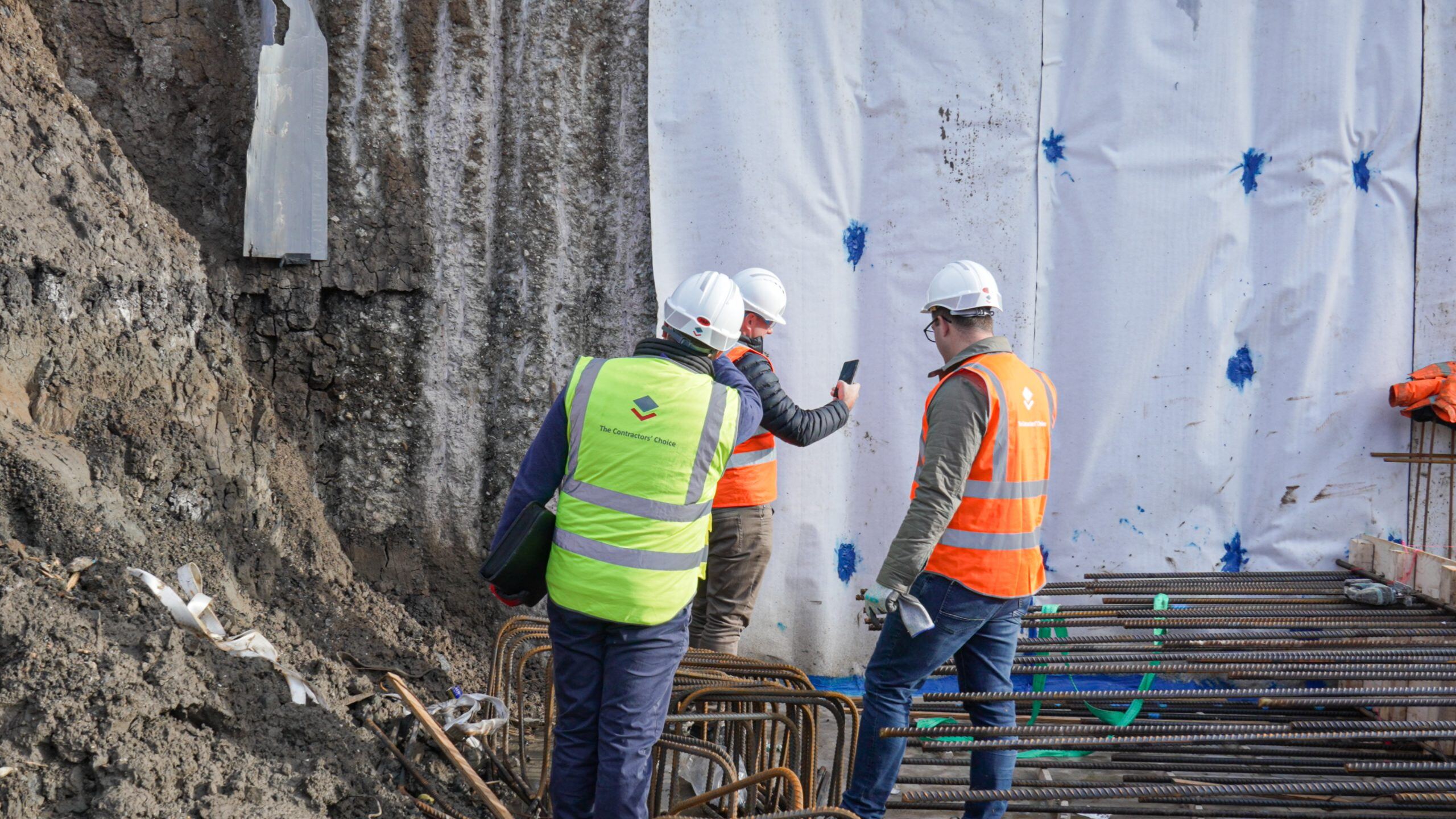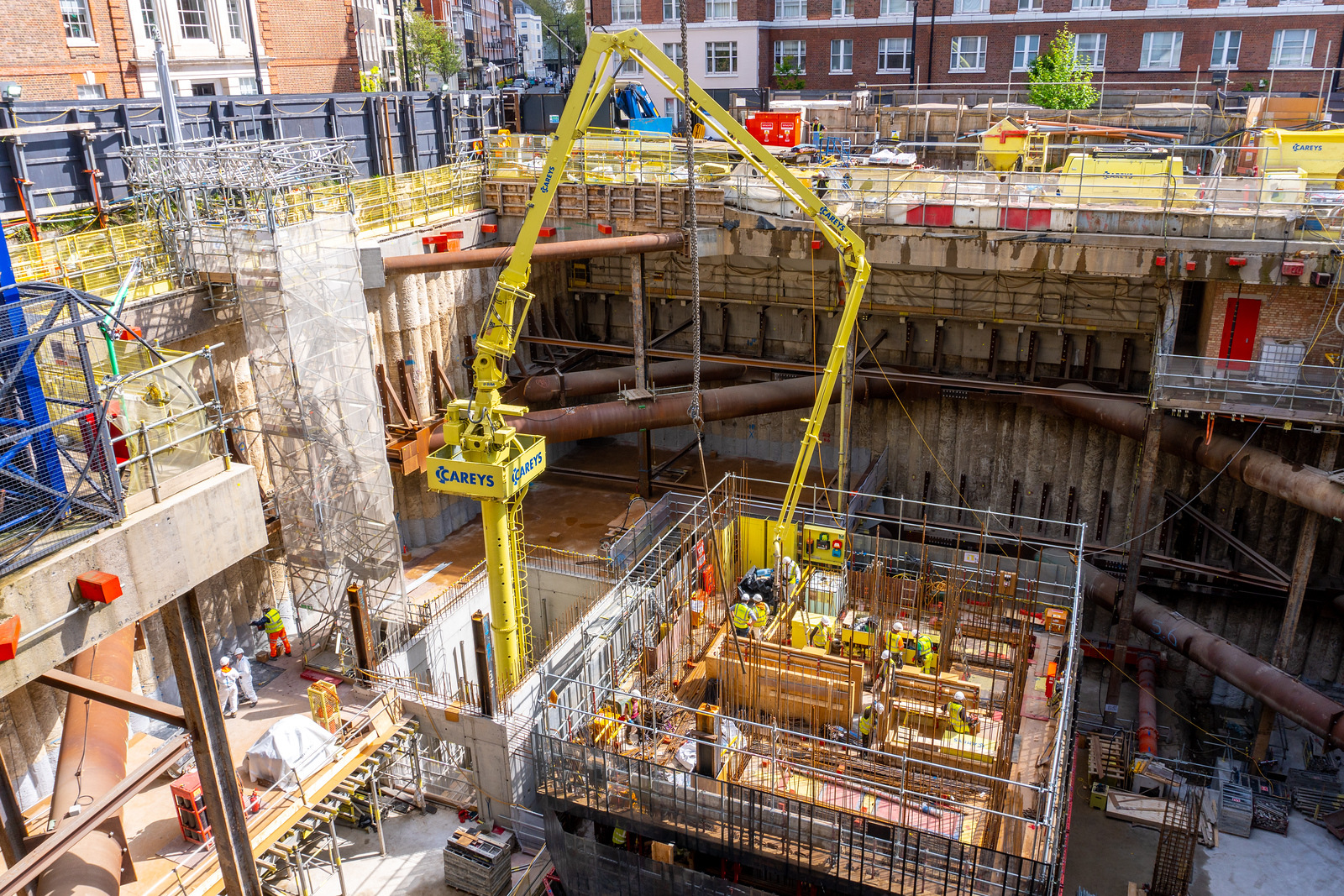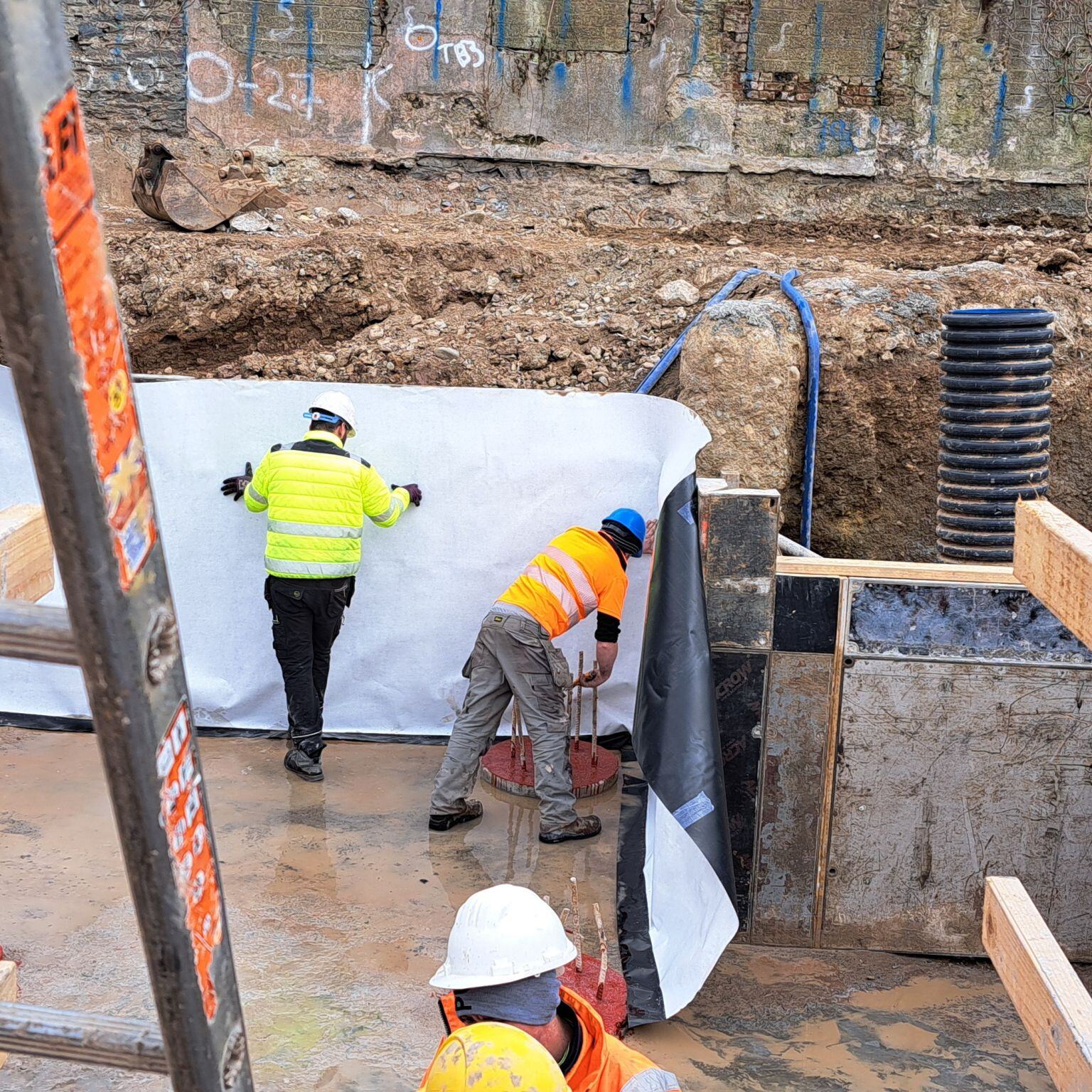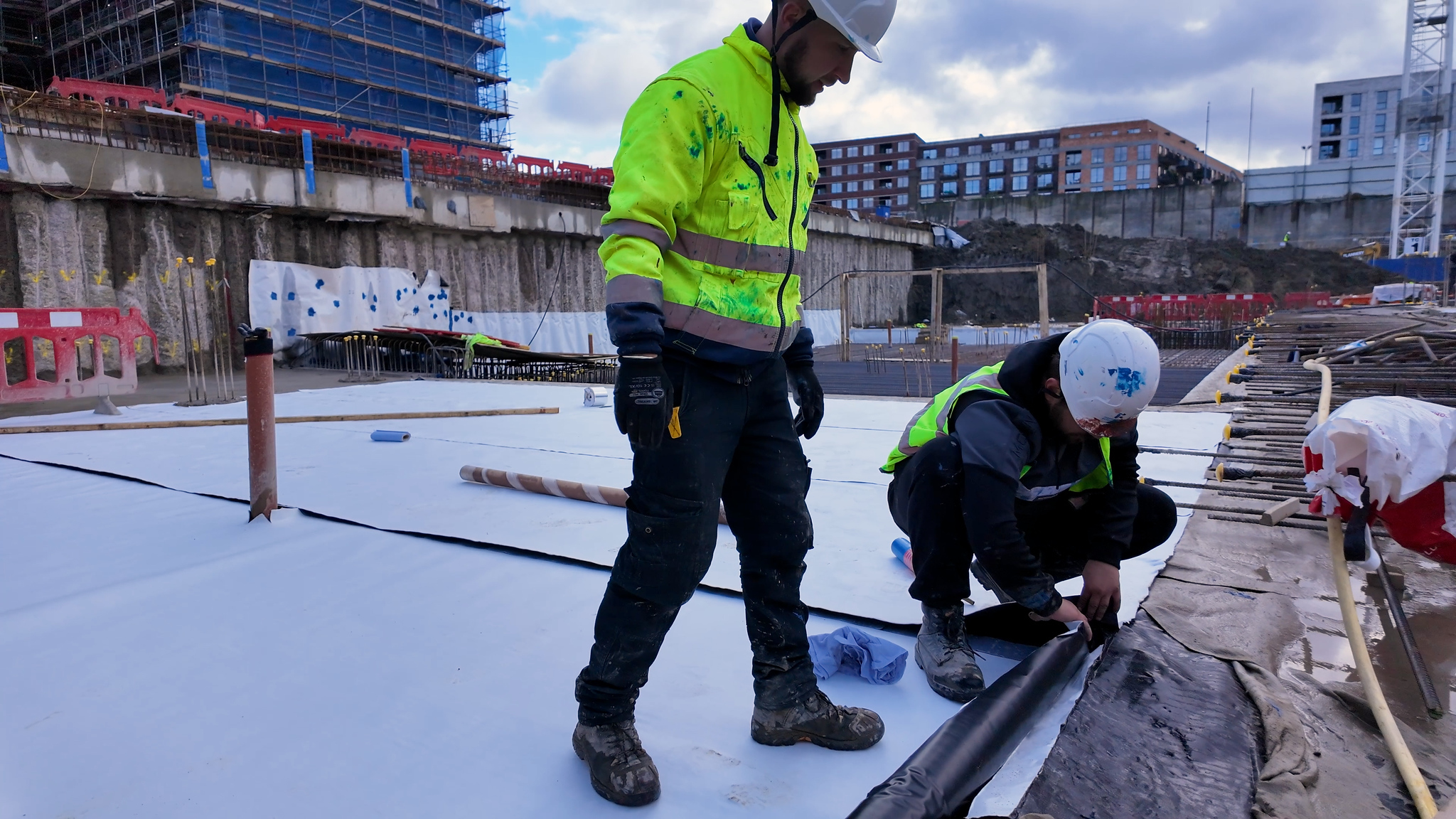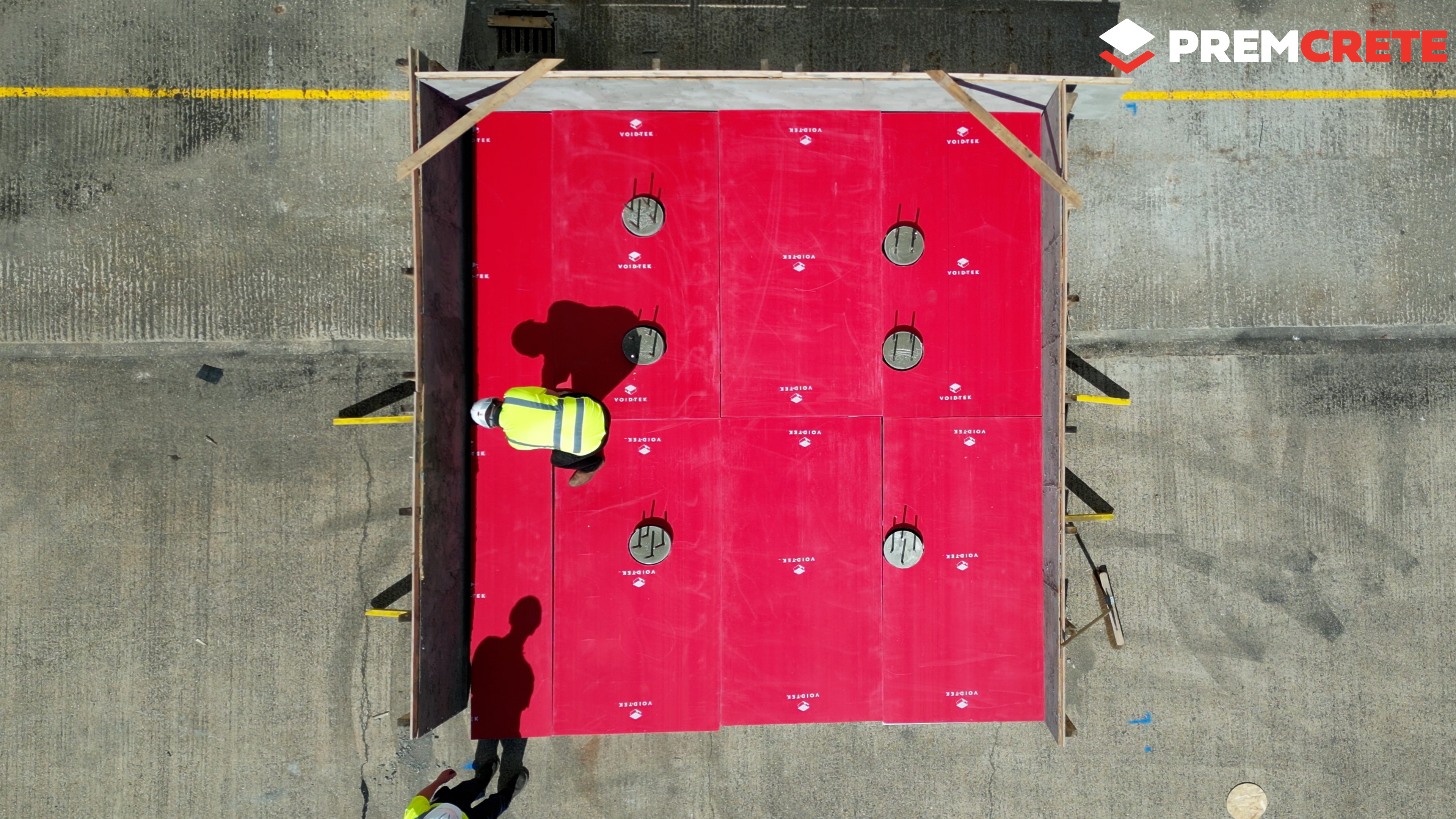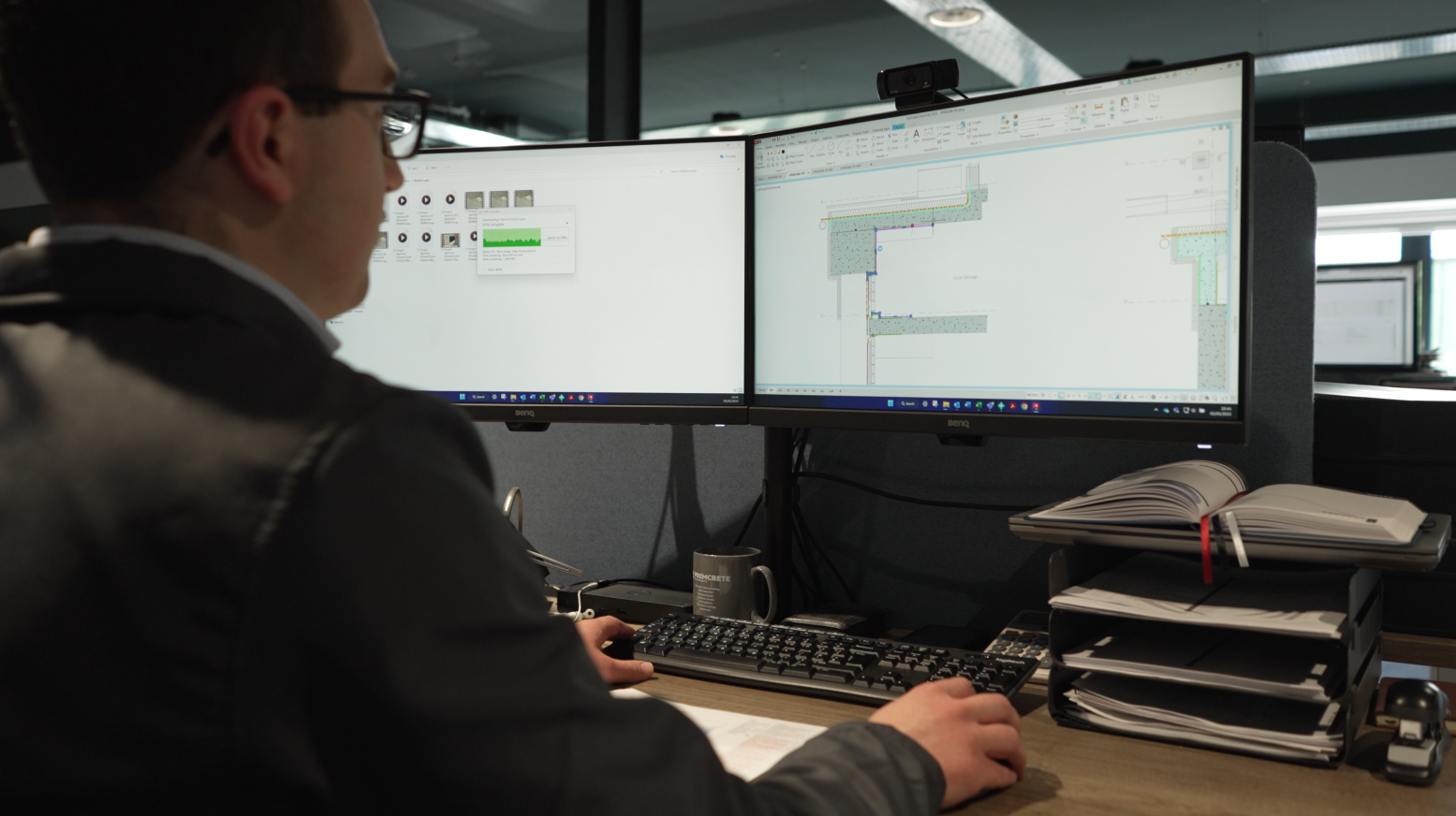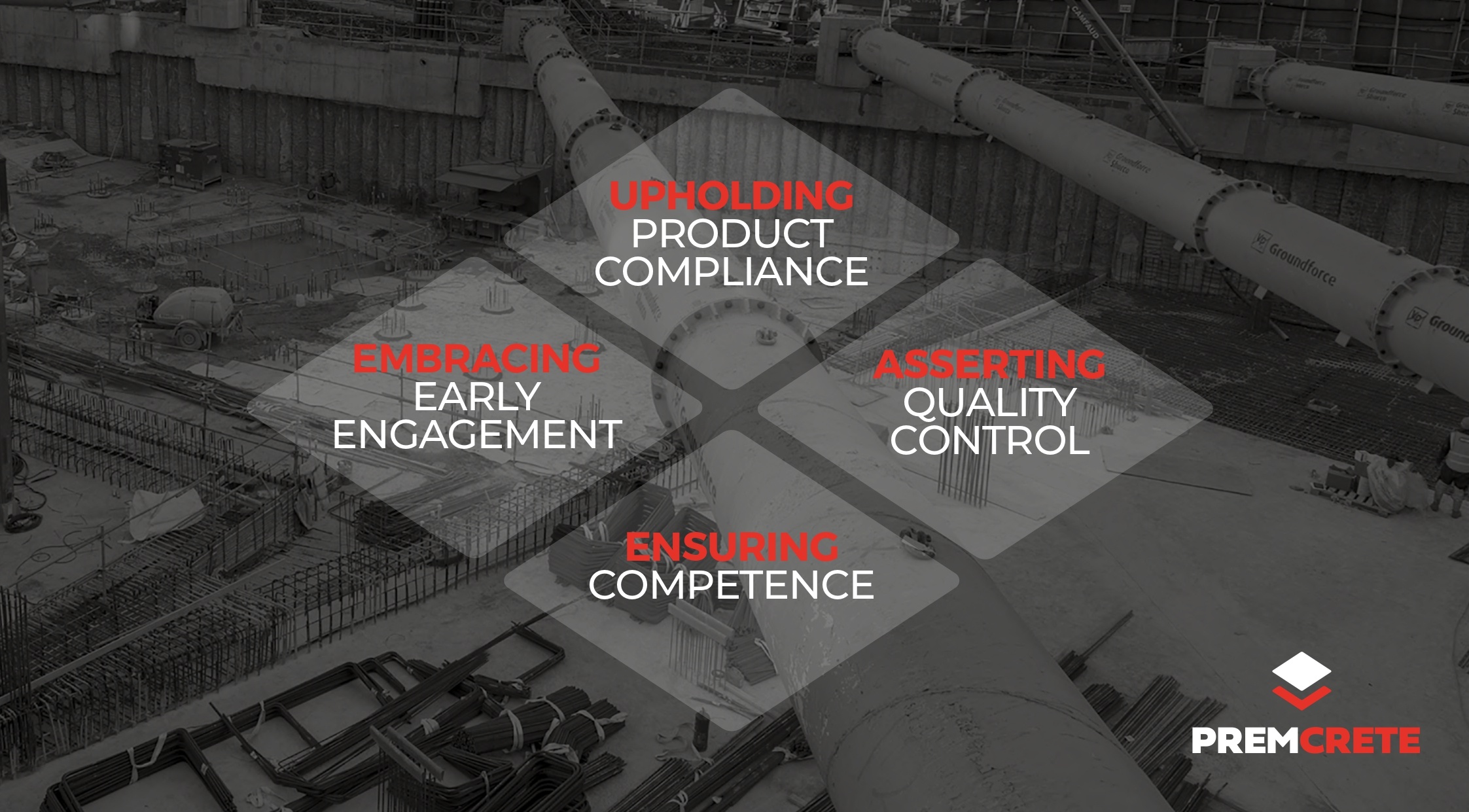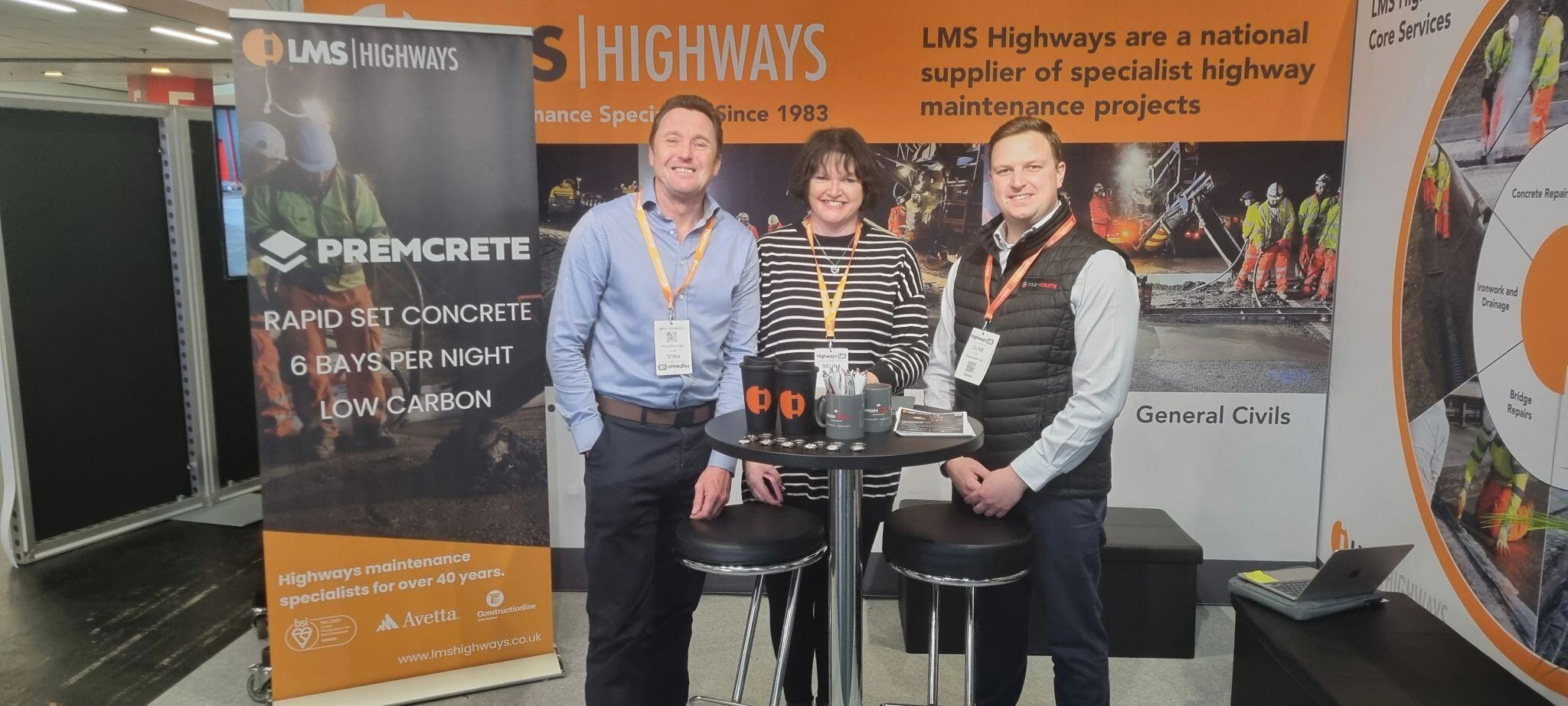With the latest insights pointing to severe delays in Gateway 2 submissions, it’s no surprise that professionals across the construction industry are feeling the pressure. The Building Safety Regulator (BSR) has pledged to clear the 122-project backlog by April 2025, but without fully compliant submissions, projects will continue to face costly delays and disruptions, and there is no doubt the regulator won’t be wasting time on incomplete submissions.
Gateway 2 is a critical checkpoint under the Building Safety Act, ensuring that projects meet stringent safety, structural, and compliance requirements before construction begins. But many submissions are failing to meet these standards. Understanding the most common reasons for rejection—and how to prevent them—can save you time, resources, and frustration.
Why Are Gateway 2 Submissions Being Rejected?
1. Incomplete or Inaccurate Documentation
One of the most common reasons for rejection is missing or inaccurate documentation. The BSR requires detailed records to demonstrate compliance, and incomplete submissions often result in time-consuming back-and-forth requests for additional information.
How to avoid this:
- Ensure all documentation is complete, accurate, and clearly presented.
- Double-check that all required forms and supporting evidence are included. This can include proof of competence, health and safety accreditation, CVs and bios of the experts working on the project.
Work with CSSW-qualified experts to guarantee that your submission meets the necessary standards when it comes to elements such as substructure protection like waterproofing or gas protection.
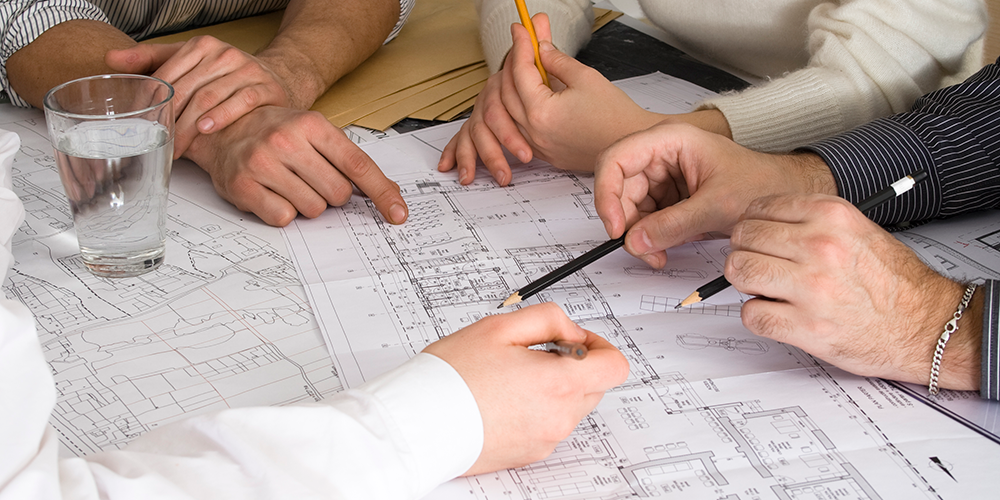
2. Non-Compliance with Building Regulations
Even minor oversights in compliance with building regulations can result in rejection. If your design does not meet the functional requirements of the regulations, your project could face costly redesigns and delays.
How to avoid this:
- Stay up to date with the latest building regulations and compliance requirements.
- Engage experienced specialists early in the process to ensure full compliance and ensure that they are submitting building regulations compliance statements that demonstrate their understanding of the regulations, and also the level of their competency.
- Work with an in-house design team that understands regulatory demands and can provide the necessary documentation.

3. Lack of Clarity in Design Intent
Submissions that do not clearly convey the design intent or construction methodology are often rejected. The BSR requires precise details that demonstrate how a structure will meet safety and performance standards.
How to avoid this:
- Provide clear, detailed descriptions and diagrams to illustrate design intent and methodology. Design, not just details.
- Use straightforward, concise language that leaves no room for ambiguity.
- Collaborate with an in-house design team to refine technical details and improve submission clarity. Check twice, (or thrice!) and submit once.
- Ensure the details submitted is not just typical details or a mere performance specification. Project specific design with named manufacturers and supporting technical submissions are now more crucial than ever
4. Delays in Processing Due to Outdated Information
The time between submission and review can be lengthy. If regulations change during this period or if outdated information is included, your submission may no longer comply, leading to rejection.
How to avoid this:
- Submit applications as early as possible to allow for thorough review and processing. The original statutory period of 12 weeks for the regulator to respond, is quite often running beyond 18 weeks, and sometimes as much as 25 weeks in our experience at Premcrete.
- Regularly follow up with the BSR to track your submission’s progress, and when they do request additional information, ensure you respond quickly before the application expires and could ultimately be rejected.
- Partner with experts who stay ahead of regulatory changes to ensure compliance remains up to date, and the correct and up to date standards are being adhered to for example BS8102:2022 is often confused with the previous 2009 edition which can result in mistakes with regards to Grades of waterproofing in particular.
5. Late Engagement of Waterproofing and Gas Specialists
Engaging waterproofing and gas protection specialists too late in the design process often results in inadequate solutions, leading to non-compliance and rejection.
How to avoid this:
- Involve specialists early—ideally at RIBA Stage 2 or 3—to ensure that substructure protection requirements are incorporated into the design from the outset.
- Implement the "golden thread" approach by maintaining clear, traceable documentation of design decisions and compliance measures.
Why Substructure Protection Matters for Gateway 2 Approvals
The role of structural waterproofing, gas protection, and ground heave mitigation in Gateway 2 submissions is often overlooked. However, these elements are critical in ensuring a safe and compliant structure. Failure to address them adequately can lead to non-compliance, increased project risks, and significant delays. Given these products are often the first named products being installed on site, it is not worth submitting information that is ‘light touch’. Be thorough with your piling, structural and substructure protection details.
Next Steps: Ensure Your Submission is Approved
Avoid the common pitfalls that lead to Gateway 2 rejections.
Book a Building Safety Act CPD for expert insights.
For more guidance, visit our website and ensure your project stays on track with full regulatory compliance.

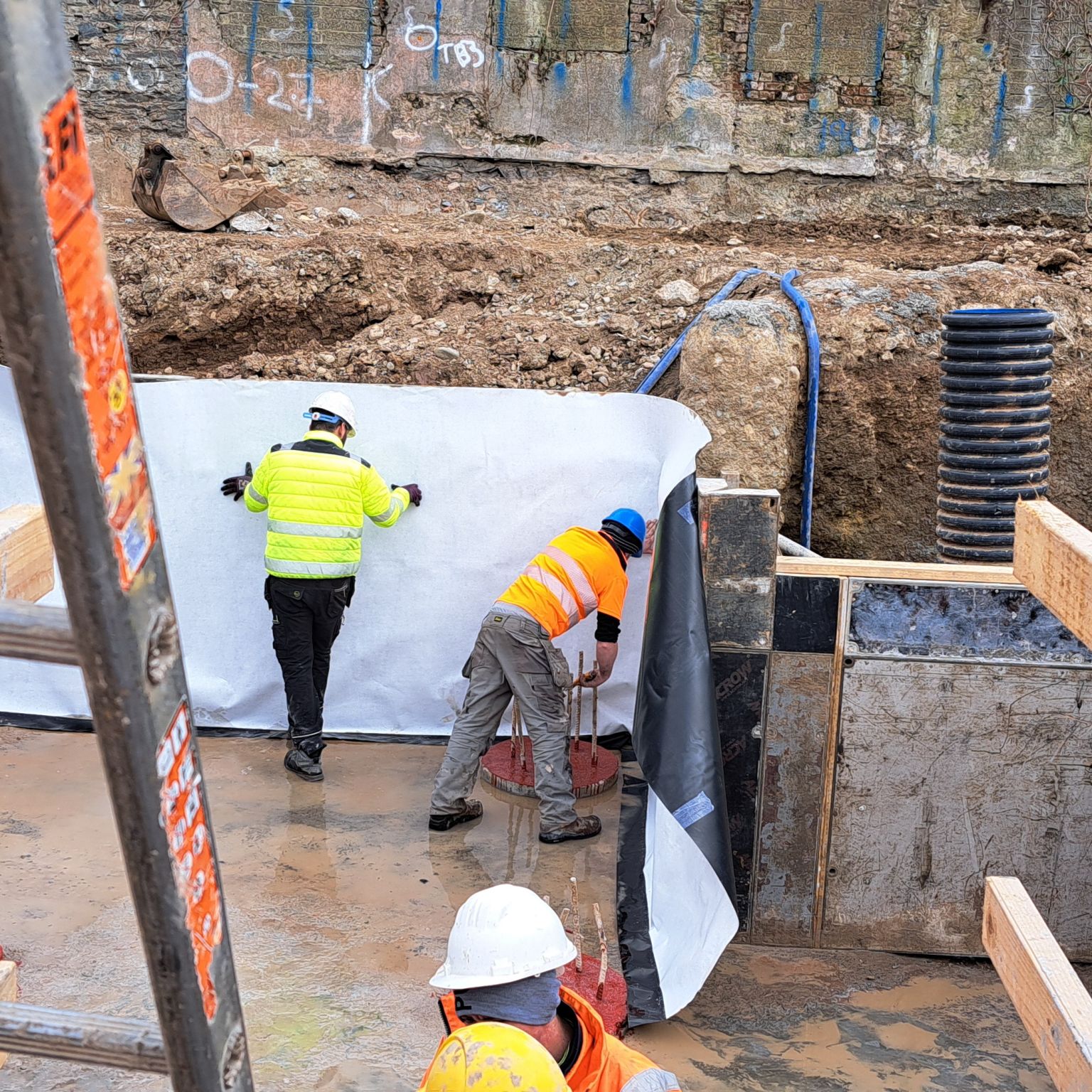
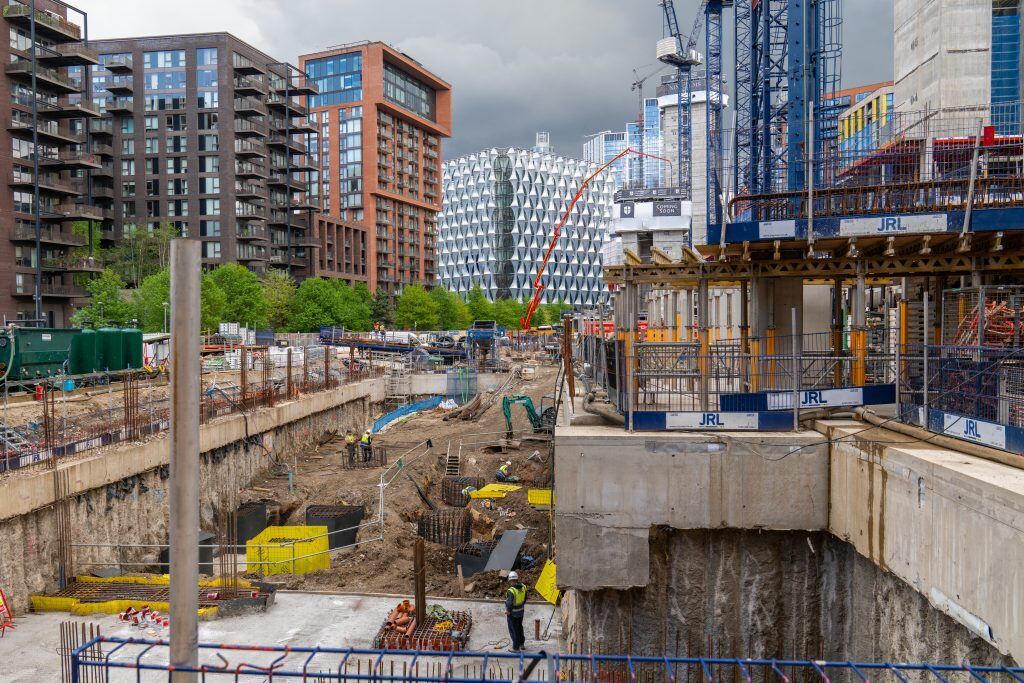
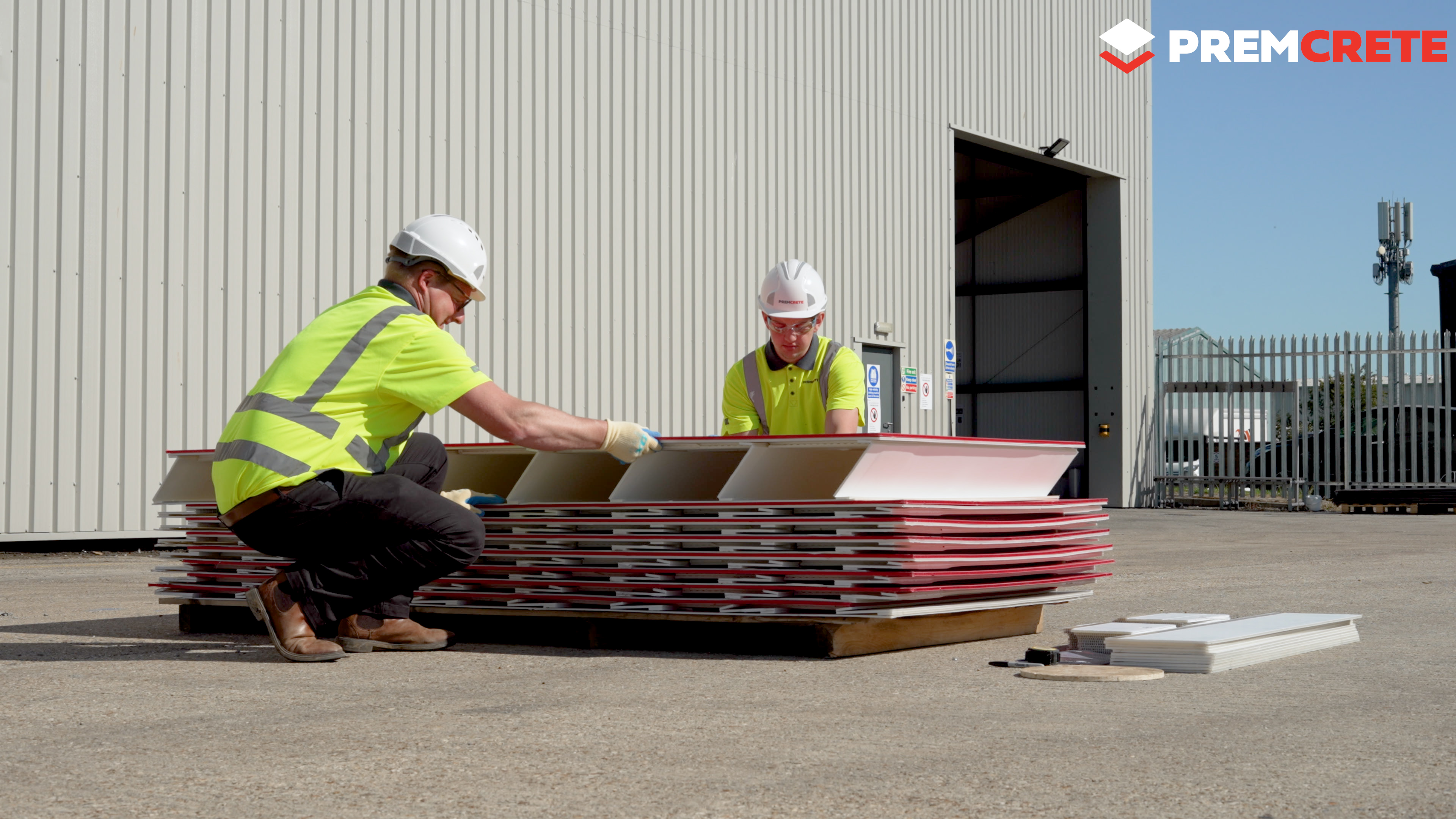
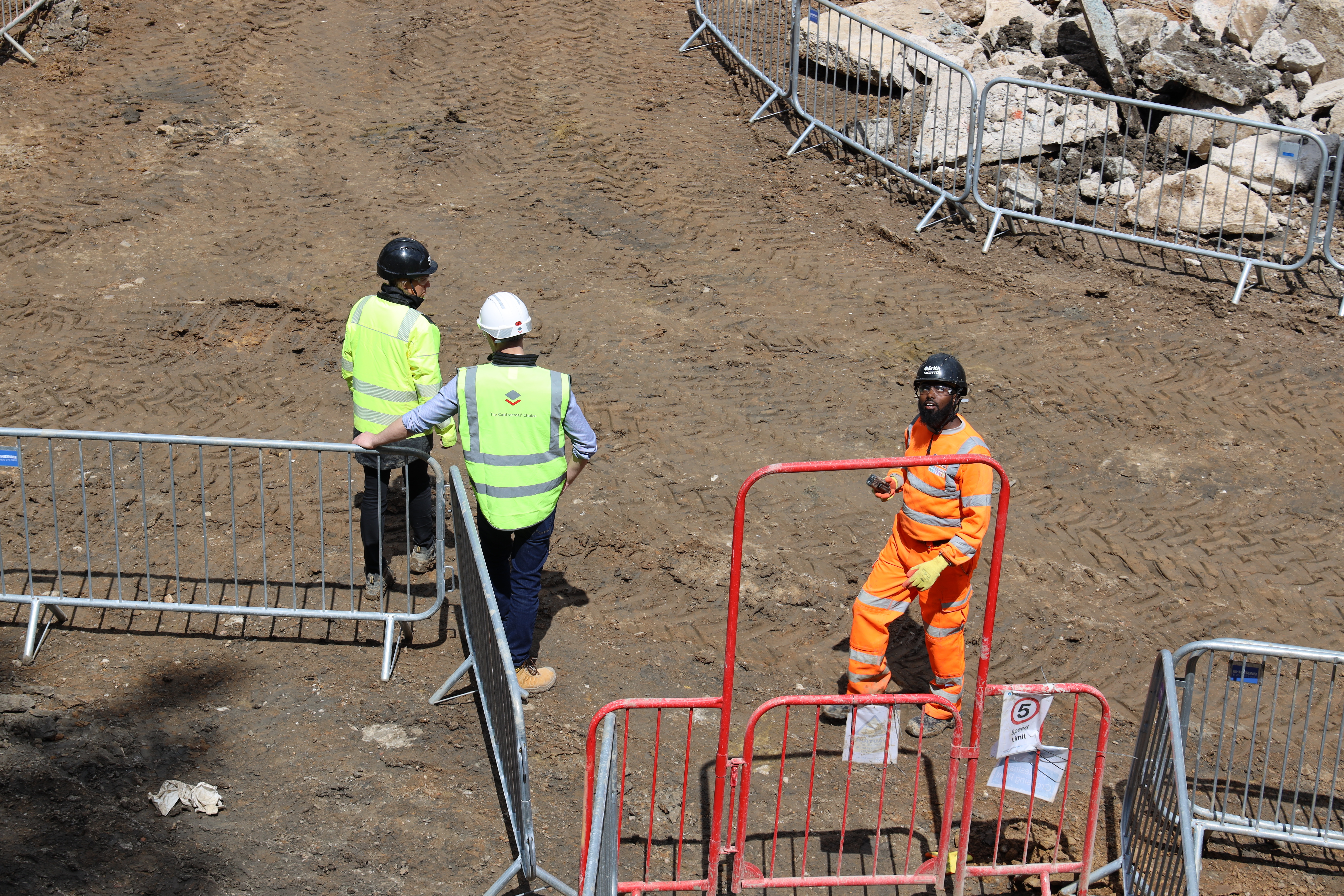

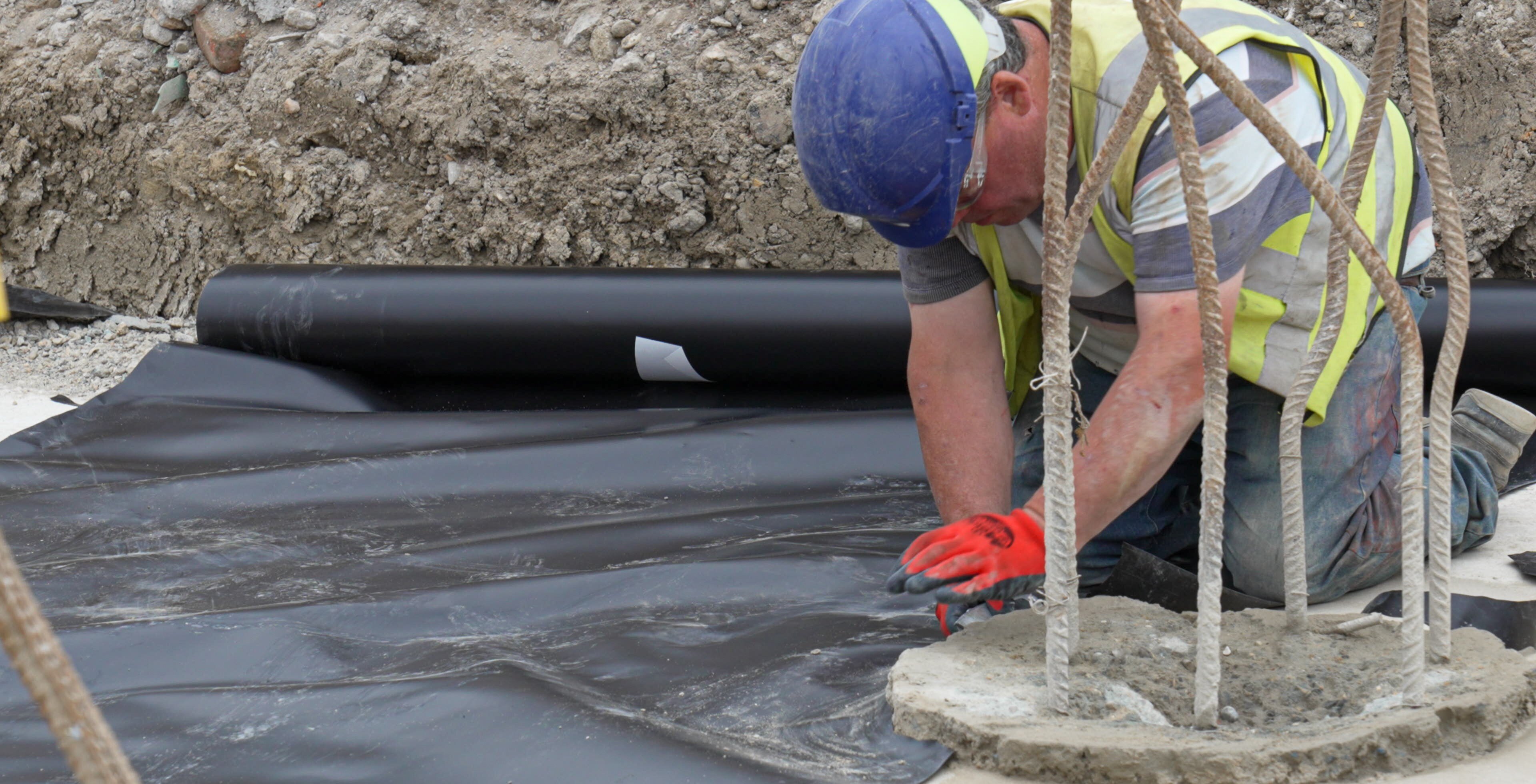
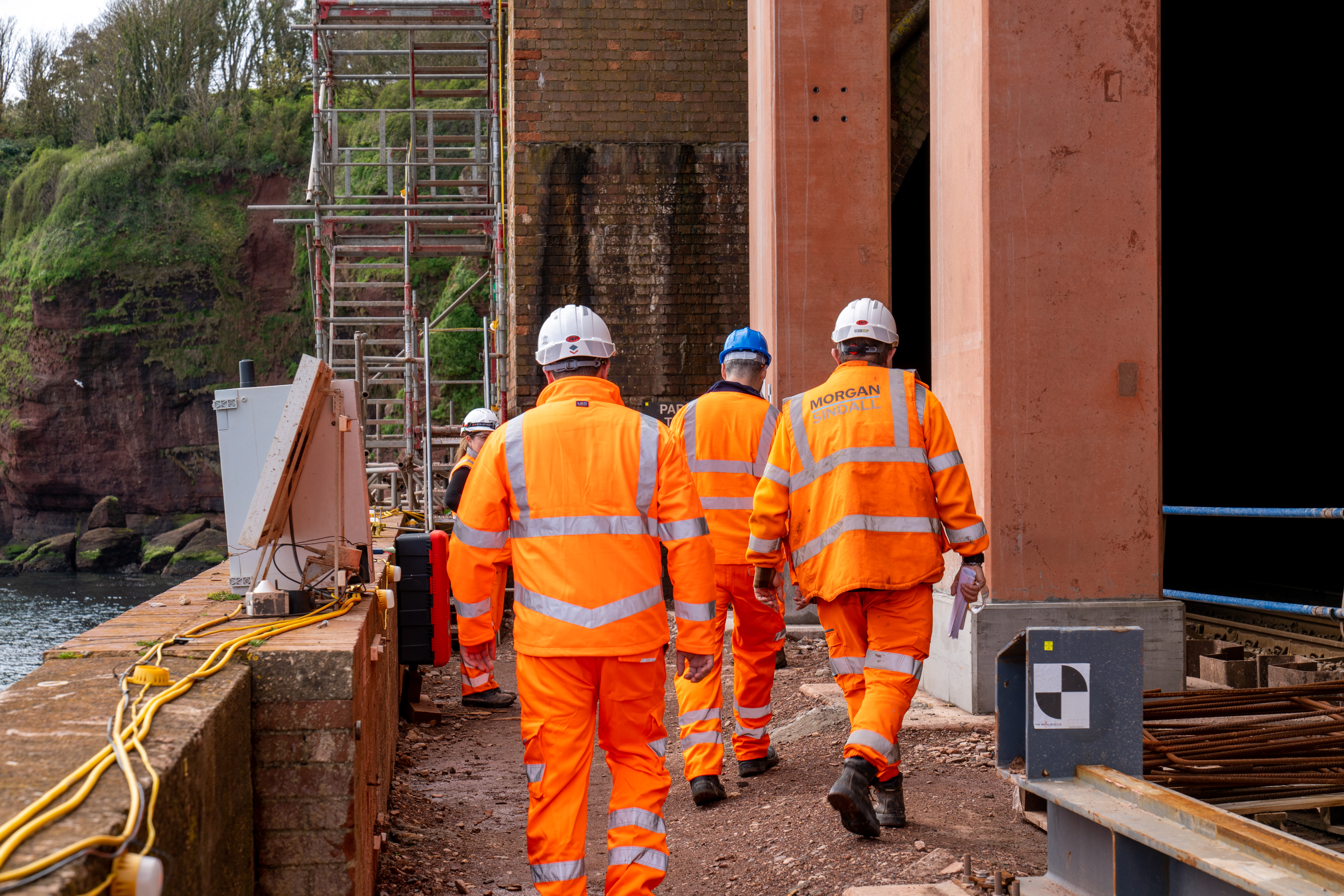

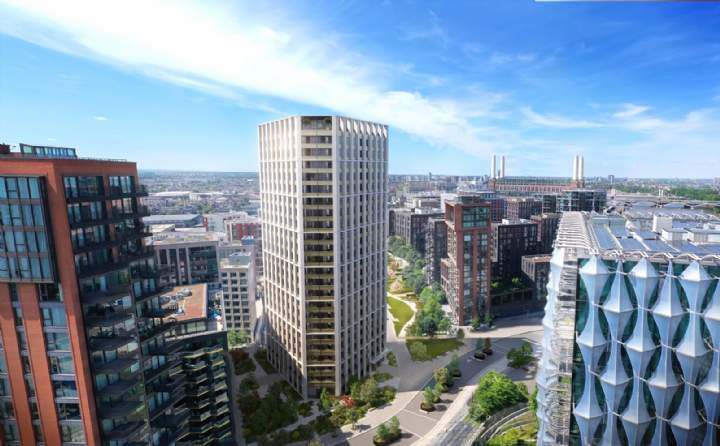
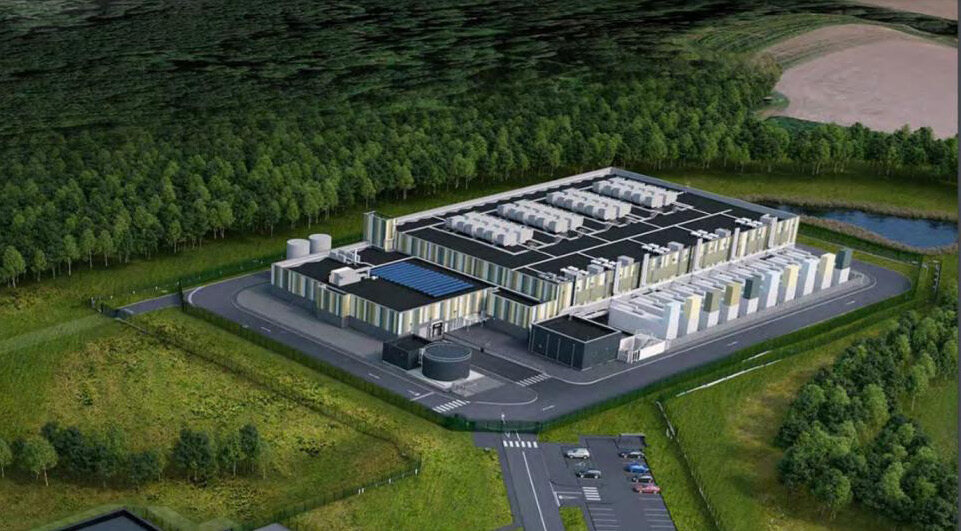
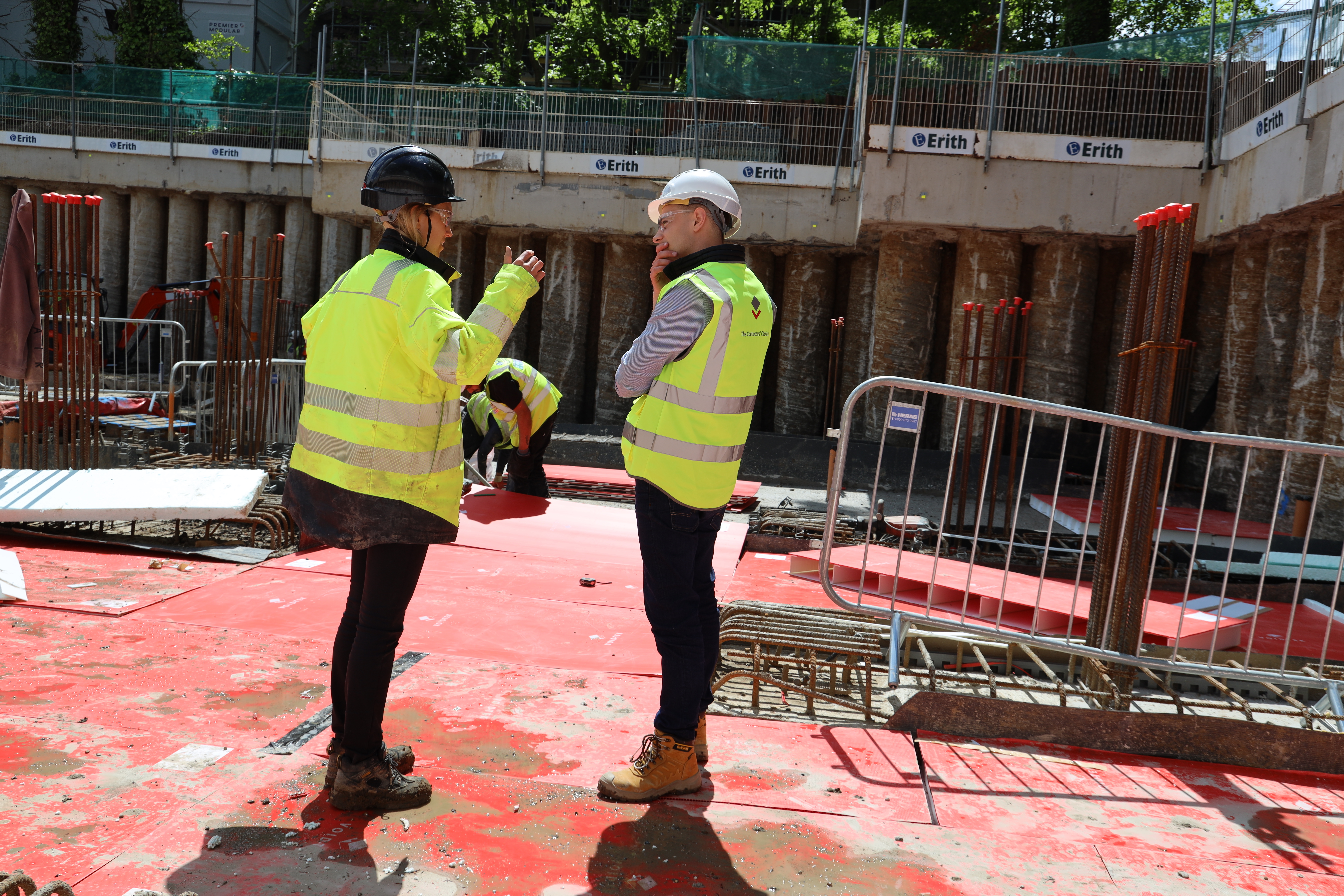
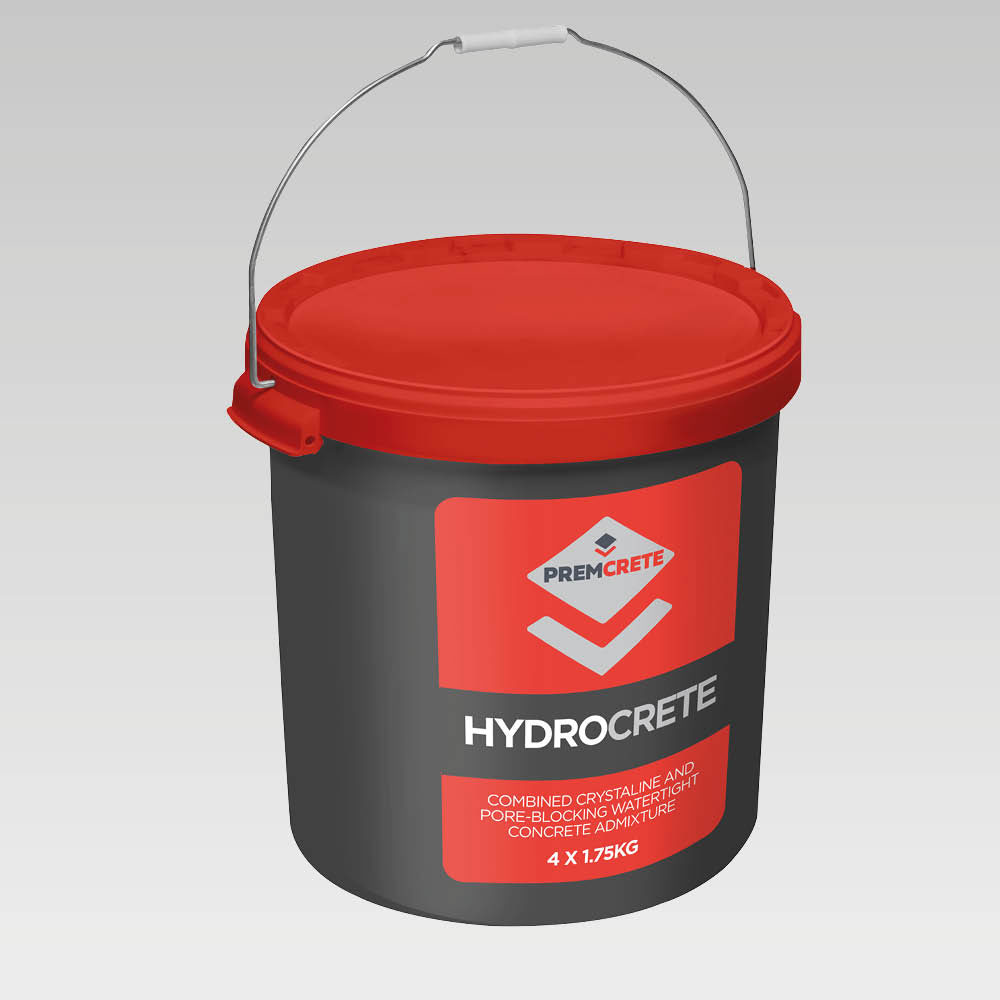
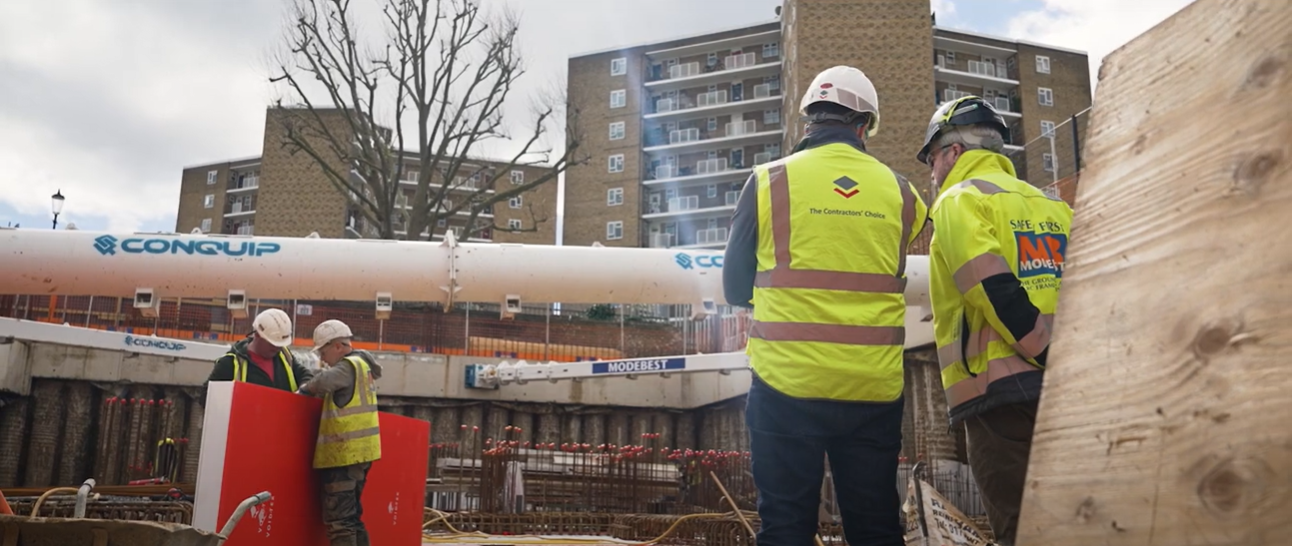
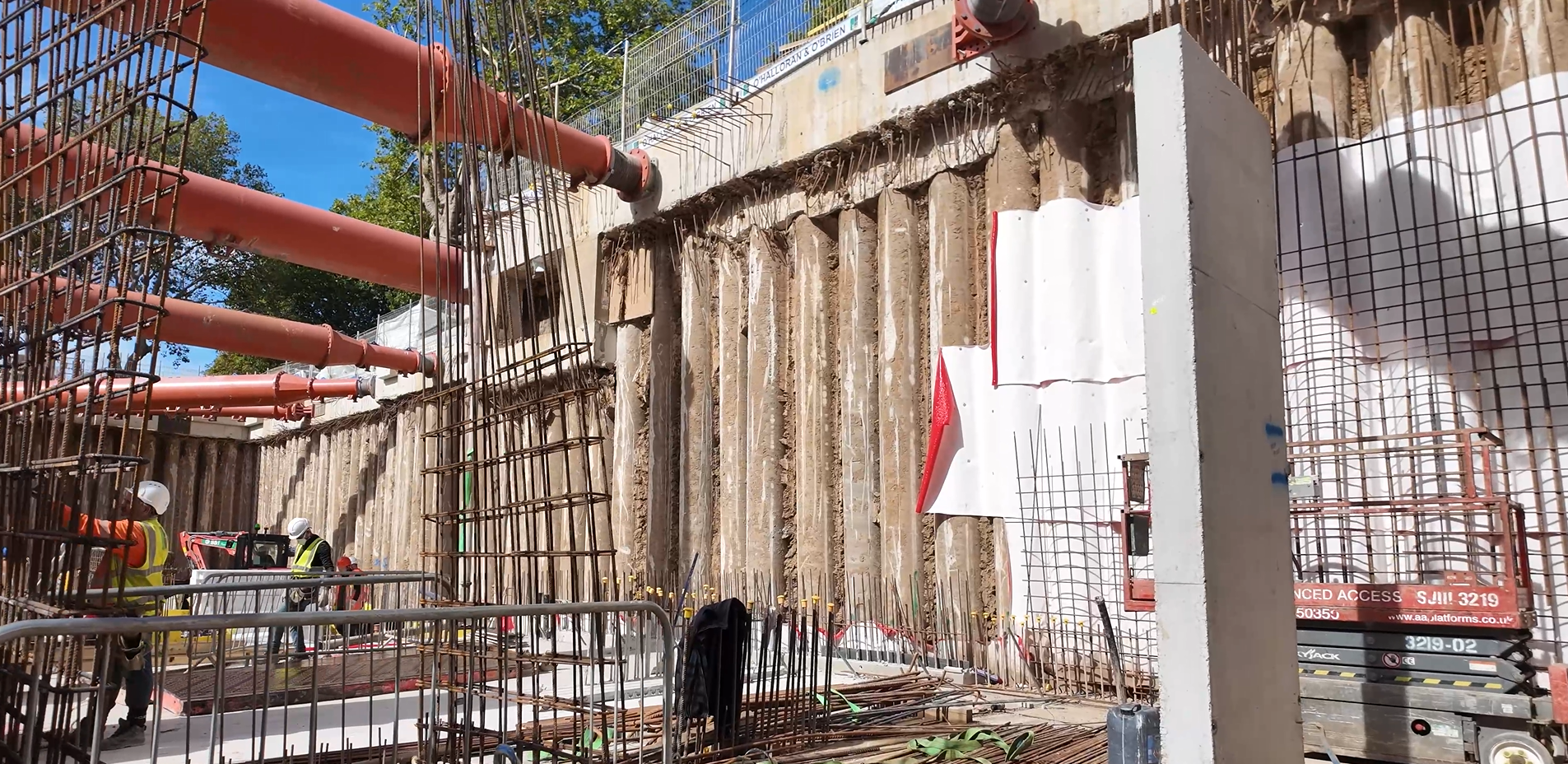
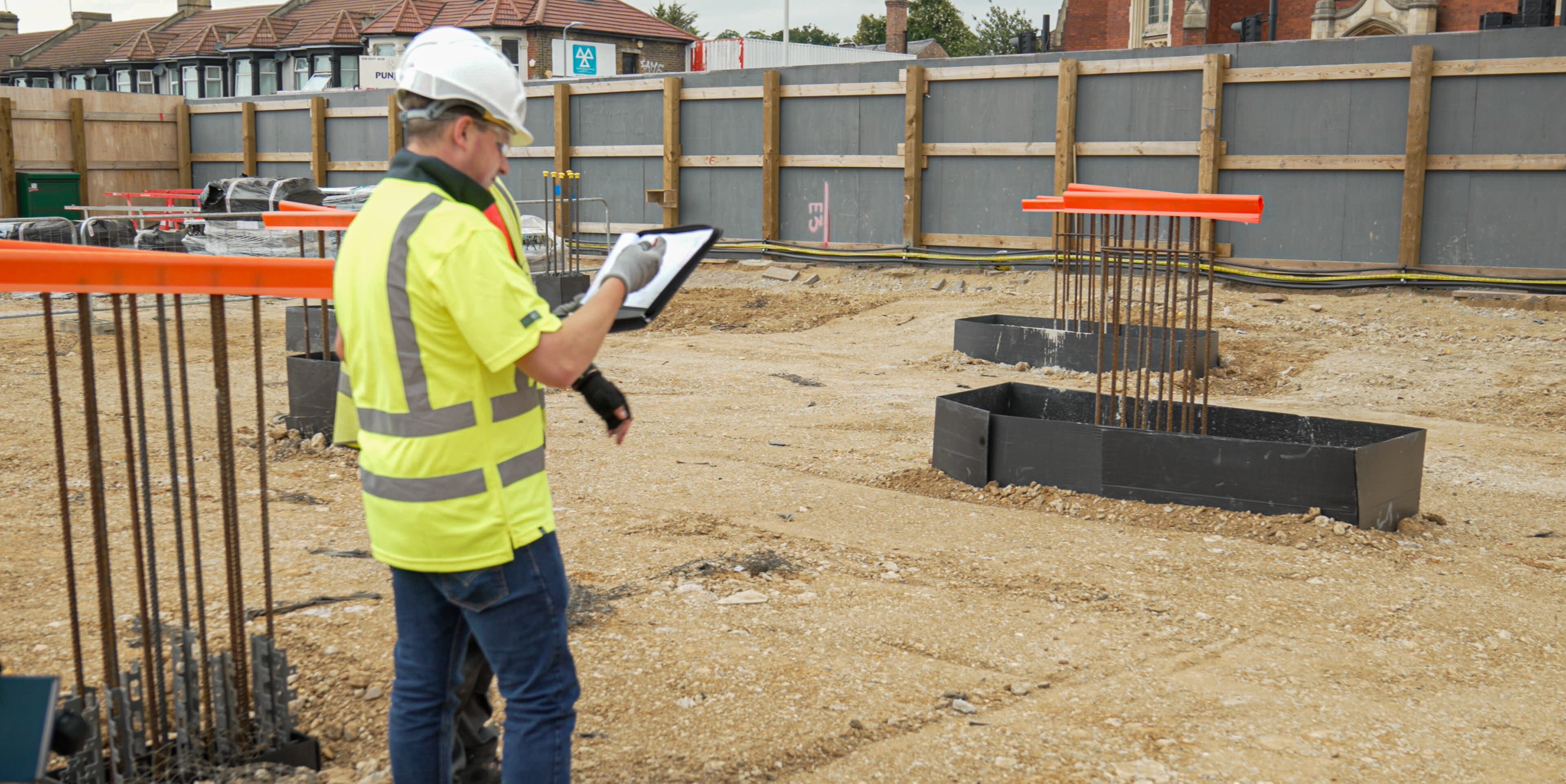
-1.jpg)
